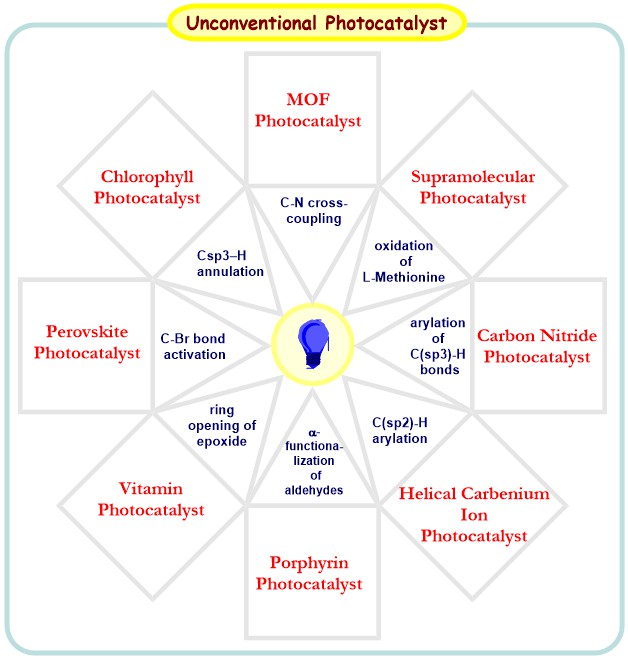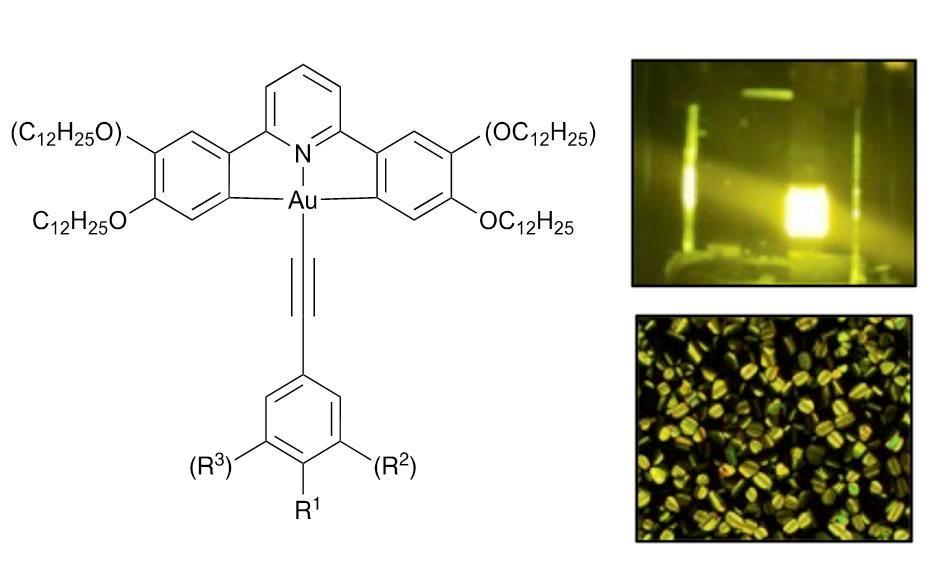



Prayogic Rasayan 2023, 7(1), 1-9
DOI: https://www.doi.org/10.53023/p.rasayan-20230120
Keywords: photoredox, boronic acid, radical, 1,4-addition, photocatalyst
Abstract

Prayogic Rasayan 2023, 7(1), 10-16
DOI: https://www.doi.org/10.53023/p.rasayan-p.rasayan-20230221
Keywords: Photo-catalyst, Helical carbenium ion, Chlorophyll, Metal-Organic Framework, [2]Catenane, Porphyrin, Borane, Perovskite
Abstract

Prayogic Rasayan 2023, 7(1), 17-21
DOI: https://www.doi.org/10.53023/p.rasayan-p.rasayan-20230311
Keywords: Gold(III); Metallomesogen; OLED; Liquid Crystal
Abstract